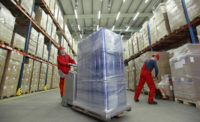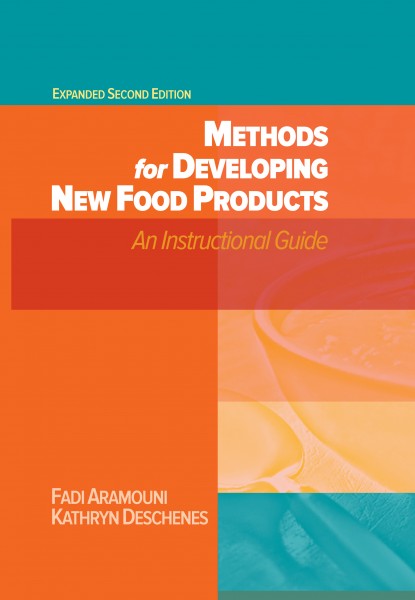Research reveals cold storage industry likely to see demand for another 100M square feet from online grocery sales
Much of the cold storage sector’s growth is likely to occur in gateway markets like Los Angeles and the New York area as well as leading food production states, such as California, Washington, Florida, Texas and Wisconsin.

The growth of online grocery sales has the U.S. market for cold storage warehouses poised for strong growth, potentially creating demand for up to 100 million square feet of industrial cold storage space over the next five years, according to a new report from CBRE, Los Angeles.
That forecast stems from a projection by the Food Marketing Institute, Arlington, Va., and Nielsen, Chicago, that groceries ordered online will account for 13% of total grocery sales by 2022, up from 3% in 2018. Such growth would amount to an additional $100 billion in annual grocery sales conducted online.
This outlook portends significant changes for the industrial cold storage industry, which at 3.6 billion cubic feet (an estimated 214 million square feet) currently accounts for a tiny portion of U.S. industrial and logistics real estate overall. Much of the cold storage sector’s growth is likely to occur in gateway markets like Los Angeles and the New York area as well as leading food production states, such as California, Washington, Florida, Texas and Wisconsin.
“Several factors have combined to fuel expansion of the cold storage space, from consumers’ increasing use of online ordering for groceries to grocers’ investment in new delivery strategies and warehouse technologies,” says Adam Mullen, industrial and logistics leader in the Americas. “Still, the sector’s growth will be somewhat measured because these are specialized facilities requiring significant capital, power and government approvals.”
The challenges of constructing and modernizing cold storage facilities to keep up with the strong growth of online grocery sales has driven consolidation in the industry as firms seek to gain economies of scale, according to CBRE. Four companies control 73.4% of the refrigerated warehouse space in North America.
“Few sectors of commercial real estate will undergo as much transformation in the coming years as the cold storage industry due to e-commerce’s impact on this previously under-penetrated market,” says Matthew Walaszek, associate director of industrial and logistics research, Americas. “We will see robust demand, further innovation in delivery and automation and possibly more consolidation among major players.”
Looking for a reprint of this article?
From high-res PDFs to custom plaques, order your copy today!








